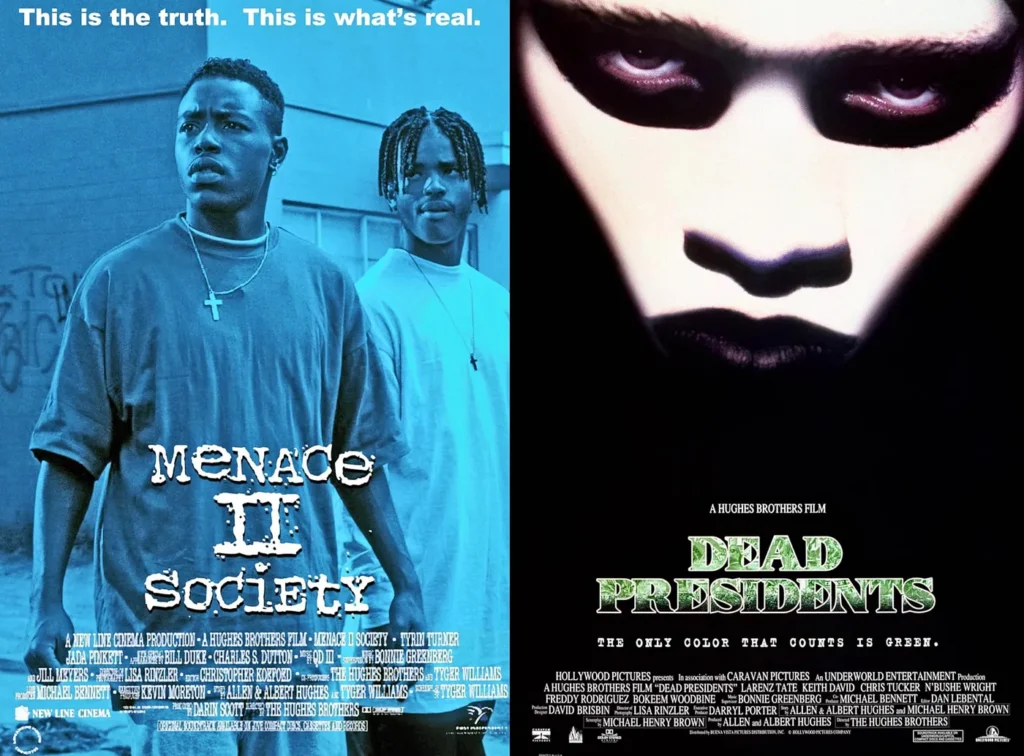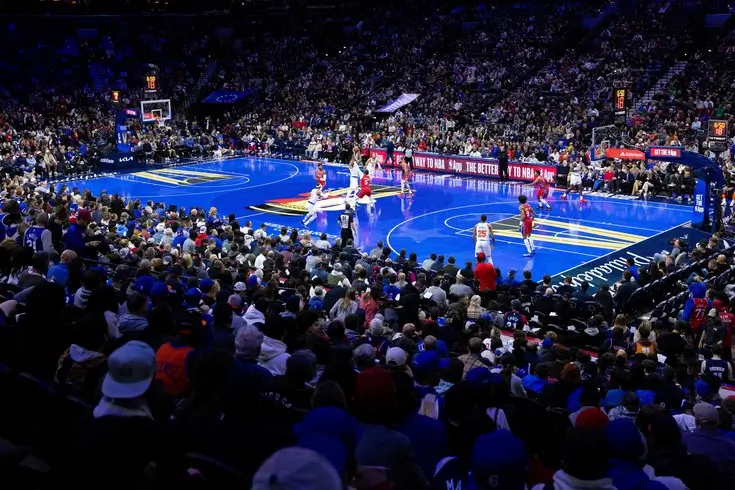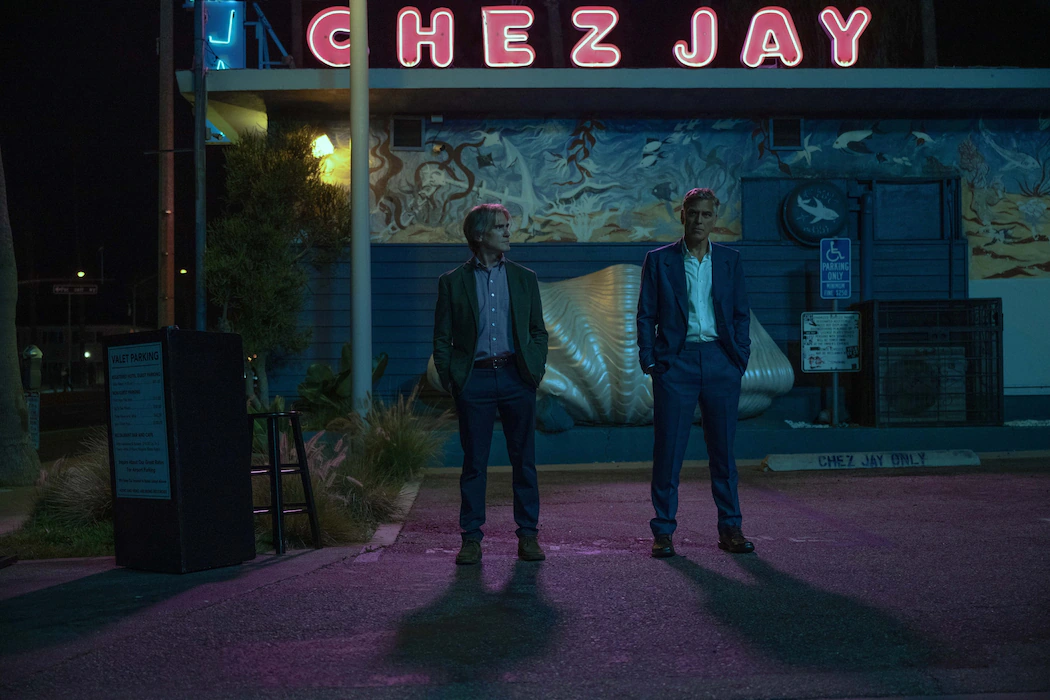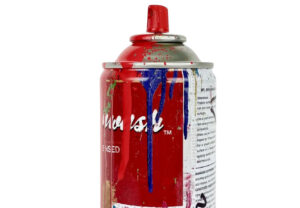A Look into the Popular Hughes Brothers Films: ‘Menace II Society’ (1993) and ‘Dead Presidents’ (1995)
The 1990s were a defining decade for Black cinema, particularly in the crime and “hood classic” genre, which depicted the harsh realities of urban life in America. Few filmmakers captured this era with as much grit and authenticity as Albert and Allen Hughes, collectively known as the Hughes Brothers. Their 1993 debut, Menace II Society, was a raw, unflinching look at the violence and desperation that plagued South Central Los Angeles. Two years later, they followed it up with Dead Presidents (1995), a crime thriller that expanded their storytelling from the streets of the inner city to the battlefields of Vietnam and back again.
Both films stand as cultural milestones, offering a cinematic lens into themes of systemic oppression, crime, trauma, and the struggles of Black men in America. This deep dive explores the Hughes Brothers’ Menace II Society and Dead Presidents—examining their narratives, themes, visual styles, and lasting influence.
The Rise of the Hughes Brothers
Albert and Allen Hughes, twin brothers born in Detroit in 1972, moved to Pomona, California in their youth, where they grew up immersed in hip-hop, street culture, and filmmaking. Inspired by their mother, who bought them their first camera, they began making short films as teenagers. Their early passion and storytelling prowess led them to direct music videos for artists like Tupac Shakur before making their debut feature, Menace II Society, at just 21 years old.
Their filmmaking style was bold, provocative, and unafraid to depict the harshness of urban life. Unlike John Singleton’s Boyz n the Hood (1991), which had a more sentimental and hopeful undertone, the Hughes Brothers leaned into the gritty nihilism of street life—offering little redemption for their characters.
‘Menace II Society’ (1993): A Ruthless Portrait of Urban Chaos
Plot Summary
Set in Watts, Los Angeles, Menace II Society follows Caine Lawson (Tyrin Turner), a young Black man struggling to escape the violent world of drugs, crime, and revenge. Raised by a drug-addicted father and a neglected mother, Caine grows up in an unforgiving environment where violence is the norm. He navigates life alongside his reckless and sociopathic best friend, O-Dog (Larenz Tate), who becomes a symbol of unchecked rage and self-destruction.
The film’s unforgiving tone is set from the very first scene—an infamous sequence where O-Dog murders a Korean store owner and his wife over a minor slight, laughing as he rewatches the surveillance tape. This moment foreshadows the film’s relentless violence and the doomed trajectory of its characters.
The Cycle of Violence
Unlike many films that depict street life as a cautionary tale with clear moral lessons, Menace II Society offers no easy answers. The violence in the film is matter-of-fact, brutal, and inescapable. Every attempt Caine makes to leave the streets is met with resistance—either from the expectations of his environment or from his own inability to break free from his past.
The Absence of Father Figures and Role Models
Caine’s grandfather tries to guide him, but his wisdom cannot penetrate the deep scars of generational trauma. The absence of strong, positive male figures in his life leaves Caine vulnerable to the influence of O-Dog and others who have already succumbed to the streets.
A Bleak, Tragic Ending
The film denies the audience any catharsis. In the final moments, Caine is gunned down in a drive-by shooting just as he decides to leave Los Angeles for a better life. His death is neither noble nor redemptive—it is sudden, merciless, and a stark reminder that, in this world, very few get second chances.
Visual and Directorial Style
The Hughes Brothers employ a documentary-like approach, with handheld camera work and raw cinematography that immerse the viewer in Caine’s world. The use of slow motion, extreme close-ups, and voiceover narration enhance the film’s gritty realism, making it feel less like a Hollywood production and more like a tragic, firsthand account of life in the streets.
‘Dead Presidents’ (1995): From the Battlefield to the Streets
Plot Summary
Shifting from Los Angeles to the Bronx, Dead Presidents follows Anthony Curtis (Larenz Tate), a young Black man who enlists in the Marines to fight in the Vietnam War. Hoping for a better future, he returns home traumatized, struggling to reintegrate into society, and unable to find work. As financial pressures mount, Anthony and his war buddies hatch a desperate plan to rob an armored truck carrying old, untraceable U.S. currency—the titular “dead presidents.”
Themes and Analysis
The Betrayal of Black Veterans
One of the film’s most powerful statements is how Black soldiers were sent to die for a country that refused to acknowledge them as equals. When Anthony returns home, he is met with poverty, racial discrimination, and indifference, despite his sacrifices.
The film’s parallels to real-life struggles of Vietnam veterans—especially Black veterans who returned home to a lack of government support and systemic racism—are undeniable.
Post-Traumatic Stress Disorder (PTSD) and the Failure of the American Dream
Unlike Caine in Menace II Society, Anthony is not raised in violence—he is conditioned into it through war. The horrors he experiences in Vietnam strip him of his humanity, making it difficult for him to function as a civilian. His descent into crime is not one of choice but necessity, as society offers him no other options.
The Cost of Desperation
The film’s climactic robbery is thrilling, but the aftermath is tragic. Anthony’s plan falls apart, leading to betrayal, arrest, and a devastating realization that his fight—both in Vietnam and back home—was ultimately futile.
Visual and Directorial Style
The Hughes Brothers employ a drastically different aesthetic in Dead Presidents compared to Menace II Society. The film transitions from gritty urban realism to war film intensity, using graphic, hyper-violent battle scenes to reflect the brutality of Vietnam. The use of color and lighting changes—the warm hues of Vietnam contrast with the cold, desaturated tones of post-war America—symbolizing the loss of hope.
One of the film’s most iconic visual motifs is Anthony’s face painted white during the heist, symbolizing his complete disillusionment and detachment from morality.
Cultural Impact and Legacy
Both Menace II Society and Dead Presidents remain highly influential, defining an era of Black crime cinema. While Menace II Society became a staple of “hood classics”, Dead Presidents stood out as a Vietnam War film from the perspective of Black soldiers, a narrative rarely explored in Hollywood.
The Influence on Hip-Hop and Pop Culture
•Numerous hip-hop artists have referenced these films in their lyrics, especially Menace II Society, which became synonymous with 90s gangsta rap culture.
•Rappers like Nas, Jay-Z, and Kendrick Lamar have drawn thematic inspiration from both movies.
•The Hughes Brothers’ visual style influenced later directors like F. Gary Gray (Friday, Set It Off) and Ryan Coogler (Fruitvale Station, Black Panther).
The Enduring Relevance
Both films remain as relevant today as they were in the 90s, continuing to resonate with audiences as conversations around racial inequality, police brutality, and systemic oppression persist.
Final Thoughts
The Hughes Brothers cemented their legacy in the 90s by delivering two of the most uncompromising and impactful films of the decade. Menace II Society and Dead Presidents are not just crime dramas—they are social critiques, historical reflections, and heartbreaking stories of survival.
Through their bold storytelling, raw visuals, and fearless commentary, the Hughes Brothers created films that stand as timeless testaments to the struggles of Black America—from the blood-stained streets of Los Angeles to the forgotten veterans of Vietnam.
No comments yet.








